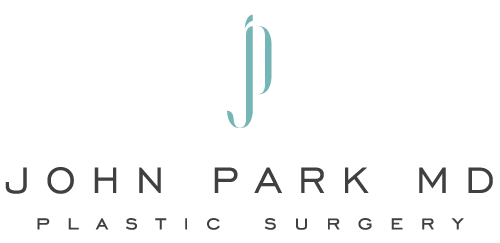
12 Apr Can You Get A Secondary Facelift? 3 Reasons To Consider Another Cosmetic Procedure
Reasons To Get A Secondary Facelift
While a facelift is an effective solution for many, the natural aging process will continue to affect skin and tissues. Patents can continue to undergo rejuvenation procedures to offset the signs of aging. For some people, a secondary facelift can tighten up and contour facial angles for a more youthful appearance. These 3 reasons may prompt an individual to schedule surgery again.
1. Sagging skin and volume loss
A natural part of aging is loss of volume and looser skin. Weight loss, illness, and medications can speed up the signs of aging by causing a loss in bone, fat, and skin thickness. Volume loss can cause excessive sagging and wrinkling around the 60-year mark, even after a facelift. A secondary facelift may be necessary to correct the natural volume loss that occurs with time.
2. Photoaging
Exposure to sunlight is one of the main causes of aging, leading to reduced skin elasticity and the breakdown of collagen fibers. Over time, skin can become thinner and duller. Skin damage caused by sun exposure also includes melasma, broken capillaries, hyperpigmentation, freckles, and changes in skin texture. A secondary facelift can fix the effects of sun damage.
3. Fixing a surgical mistake
In some cases, an initial facelift can produce undesirable outcomes, including issues with contouring, scarring, uneven appearance, suture movement, and even infection. The first procedure may also produce results that are too subtle or make a person unintentionally look like someone completely different. A secondary facelift can correct the mistakes from the initial round.
Fixing wrinkles and fine lines
Facelifts are generally used to improve facial shape and balance. Although the procedure can significantly reduce the visibility of fine lines and wrinkles, the procedure does not pull the skin fully tight. Non-surgical treatments such as dermal fillers can be used alongside a secondary facelift to reduce wrinkles and fine lines.
Second attempt not advised
A cosmetic surgeon may advise a patient against a secondary facelift when the first procedure continues to provide support for the face’s soft tissues and skin. Instead, a surgeon may recommend non-surgical procedures such as dermal filler injections for volume loss or a thread lift for tighter skin.
Is a secondary facelift safe?
The short answer is yes, but there are risks involved. A secondary facelift is an elective cosmetic procedure intended to improve the look of the face. The risks associated with secondary facelifts include post-surgery pain, bleeding, infection, and scarring. Smokers and patients with blood disorders are not good candidates for secondary facelifts.
Ready to lift again
Secondary facelift procedures can be an effective way of achieving extra facial volume and improving a patient’s general appearance. If an individual feels that a touch-up is needed, now is the time to schedule a consultation to discuss whether a secondary facelift procedure is a good option.



